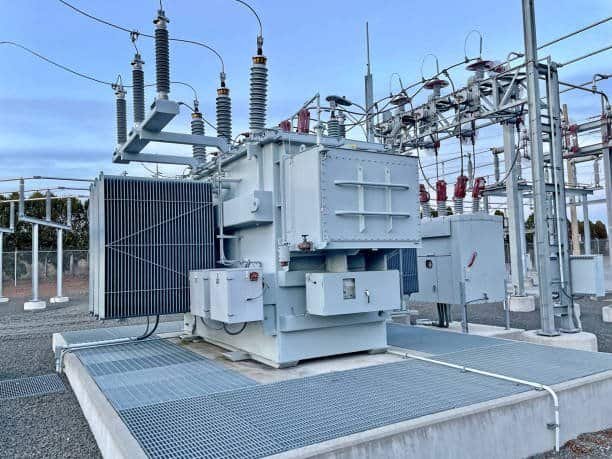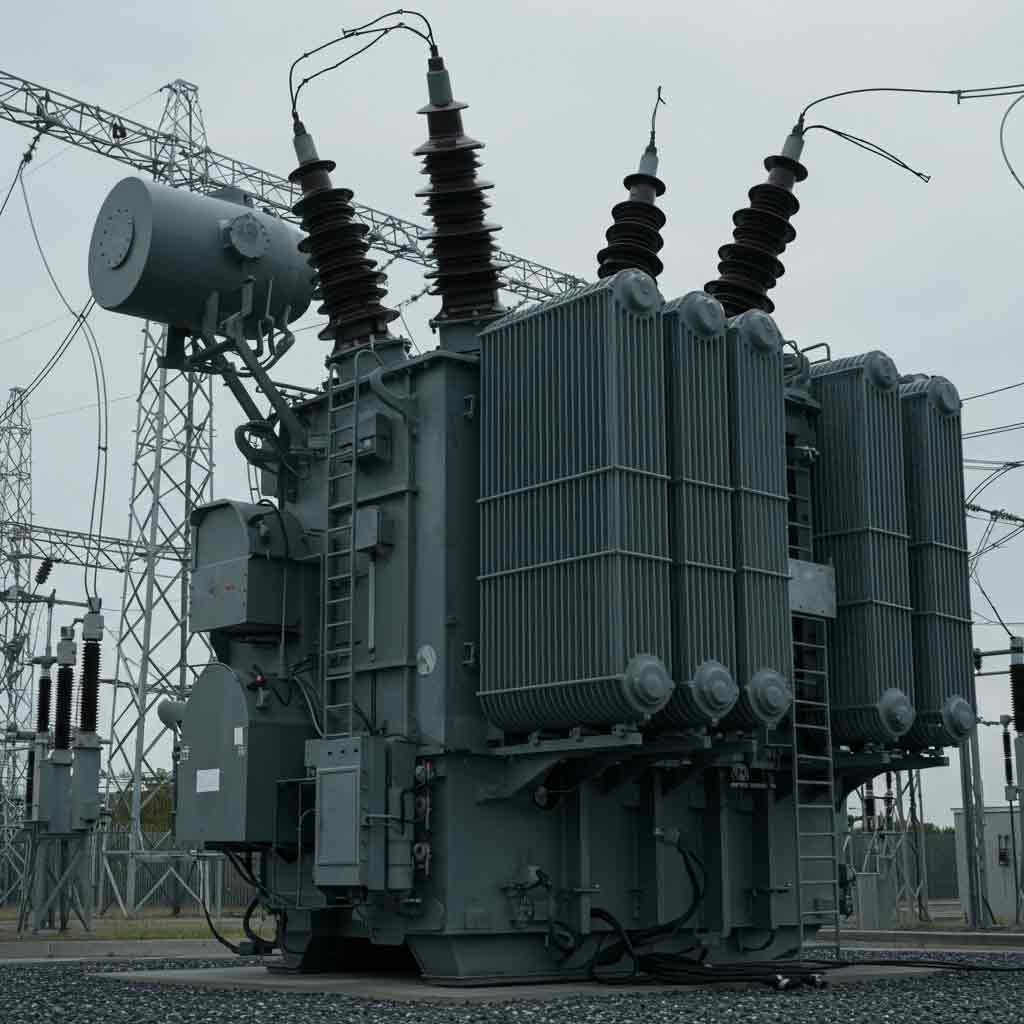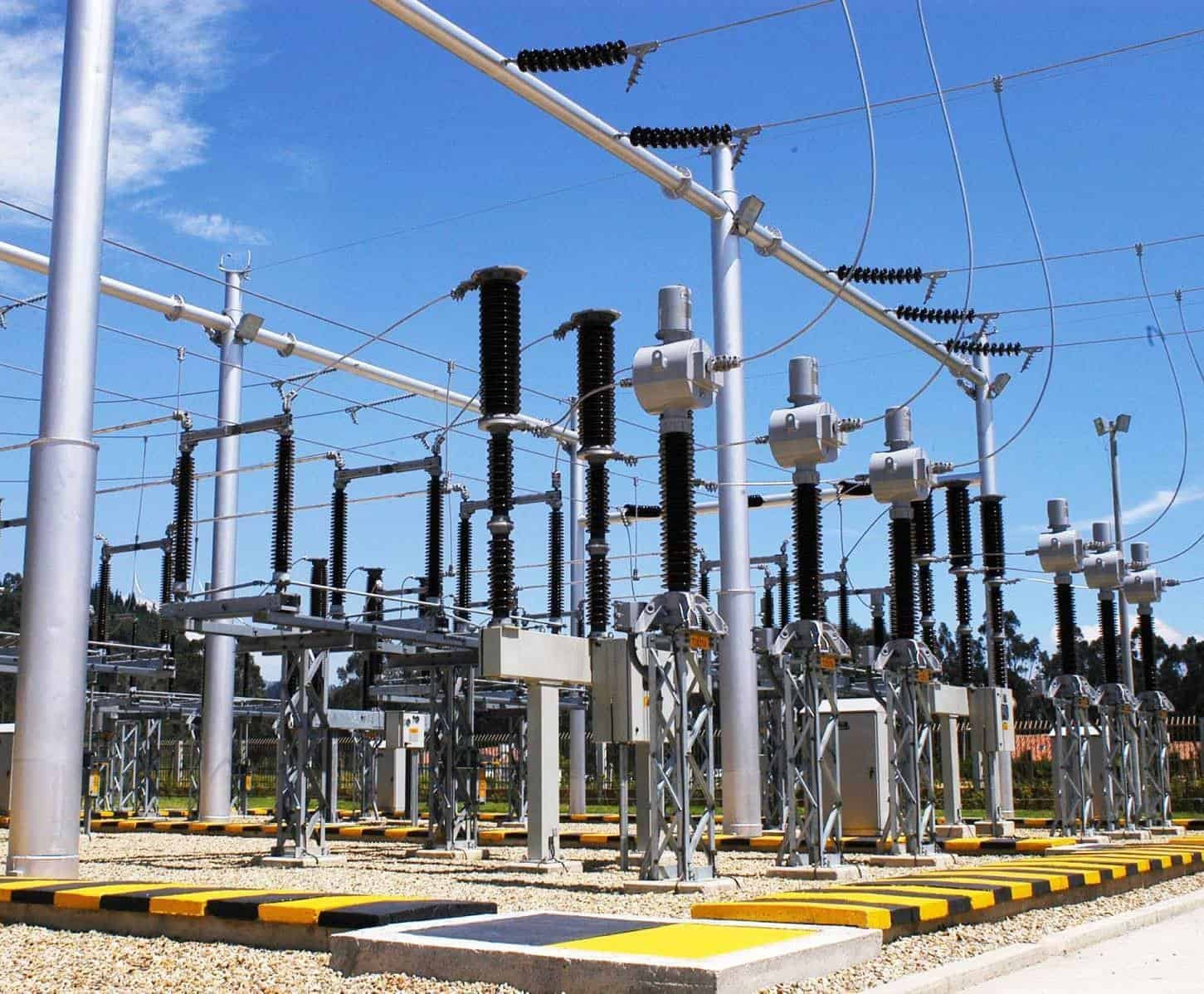Your substation just tripped. Everyone wants power restored fast, but re-energizing a faulty transformer could be disastrous. A portable gas chromatograph gives you the immediate data you need to act safely and make the right call. After a substation trip, you use a gas chromatograph for an emergency Dissolved Gas Analysis (DGA). The first step is to take an oil sample from the transformer that is suspected of causing the trip.

This test quickly identifies key fault gases, especially acetylene, which tells you if a severe internal arc has occurred. This information is critical to prevent a dangerous re-energization. This initial DGA result is the first step in a very important decision-making process. It tells you if it’s safe to move forward or if you need to investigate more deeply.
This process brings up more specific questions about the correct procedure and how to understand the results when you are under pressure. So, let’s break down the essential tests and actions you need to take one by one.
What is the first test to perform after a transformer fault?
After a transformer fault, you need to know what’s happening inside before doing anything else. Wasting time on the wrong tests can delay power restoration or miss critical dangers. The first and most important test should always be a Dissolved Gas Analysis (DGA). The first test to perform after a transformer fault is a Dissolved Gas Analysis (DGA). This is because DGA provides a rapid look inside the transformer without opening it up.
It checks for specific gases dissolved in the insulating oil, which can indicate the type and severity of an internal problem before any other action is taken. A transformer trip is a protection mechanism. Your first job is to find out what it was protecting against. While there are many electrical tests we can perform, like winding resistance or turn ratio tests, they require the transformer to be fully isolated and can be time-consuming.

More importantly, they don’t tell you if a severe, high-energy fault has occurred that makes the unit unsafe. DGA is a safety-first diagnostic tool. By analyzing the gases, you can quickly determine if you are dealing with simple overheating or a dangerous internal arc.
This knowledge dictates the entire response strategy, from worker safety protocols to the decision of whether to re-energize the unit. All other electrical tests should only proceed after DGA has confirmed that no immediate explosive risk exists.
| Test Type | Primary Purpose | Why It’s Performed (Order) | Key Information Gained |
|---|---|---|---|
| Dissolved Gas Analysis (DGA) | To detect internal faults (arcing, overheating) | First | Indicates fault type and severity; critical for safety assessment. |
| Winding Resistance Test | To check for open windings or loose connections | Second | Confirms the integrity of electrical connections and conductors. |
| Transformer Turn Ratio (TTR) Test | To detect shorted turns in the windings | Second | Identifies damage to the transformer’s core and coil assembly. |
| Sweep Frequency Response Analysis (SFRA) | To check for physical winding deformation | Second | Reveals internal movement or damage from mechanical stress during a fault. |
How quickly can you get DGA results in an emergency?
The power is out, and the clock is ticking. Sending an oil sample to an off-site lab means waiting days for answers. This delay is often not acceptable during an emergency. A portable gas chromatograph delivers crucial results directly on-site, in under an hour. In an emergency, you can get DGA results very quickly using a portable gas chromatograph.
An experienced technician can often get a preliminary analysis of key fault gases, like hydrogen and acetylene, in as little as 10 to 30 minutes right at the substation. This allows for rapid decision-making. The main difference is between sending a sample to a laboratory versus testing it on-site. A laboratory uses large, highly sensitive equipment and can test for a dozen or more different gases with extreme precision. However, the logistics of shipping a sample and waiting in the lab’s queue can take anywhere from 24 hours to several days.

In a post-fault emergency, this is too long. A portable gas chromatograph is designed for speed and field use. It focuses on the most critical fault gases—typically 5 to 7 of them—that are needed for an immediate condition assessment. The process involves taking a sample with a syringe, injecting it into the portable device, and getting results on a connected laptop. This allows the maintenance team to make a go/no-go decision about re-energizing within minutes, not days.
| Factor | Laboratory DGA | Portable Gas Chromatograph |
|---|---|---|
| Time to Result | 24 – 72 hours | 10 – 30 minutes |
| Gases Detected | Comprehensive (9-12+ gases) | Key fault gases (5-7 gases) |
| Accuracy | Very high (parts per million) | High (sufficient for emergency diagnosis) |
| Ideal Use Case | Routine annual testing, detailed diagnostics | Emergency fault response, quick condition checks |
Can DGA determine the cause of a circuit breaker trip?
Your circuit breaker has tripped, but what caused it? Blaming the breaker itself might be a mistake. If the real problem is inside the transformer, the breaker will just trip again. DGA helps you confirm or rule out the transformer as the root cause. DGA cannot directly determine the cause of a circuit breaker trip, but it is a critical diagnostic tool.
It can tell you if an internal transformer fault happened, which would have caused the breaker to trip. High levels of fault gases confirm the problem originated inside the transformer, not with the breaker itself. Think of the circuit breaker as a bodyguard for the transformer. Its job is to disconnect the transformer from the grid when it senses a dangerous condition, like an internal short circuit. The trip itself is the effect, not the cause.
A DGA test investigates the health of the transformer to see if it was the source of the problem. If the DGA results come back clean, showing no significant increase in fault gases, it suggests the transformer is likely healthy. In that case, the maintenance team should focus on investigating other potential causes, such as the breaker itself, the protective relays, or an issue on the external power line. But if DGA shows high levels of gases like acetylene or ethylene, you have strong evidence that the breaker did its job correctly by isolating a failing transformer.
| Potential Cause of Trip | Diagnostic Tool | What It Confirms |
|---|---|---|
| Internal Transformer Fault | Dissolved Gas Analysis (DGA) | Confirms if an internal electrical fault (arcing, overheating) occurred in the transformer. |
| Circuit Breaker Malfunction | Breaker Timing & Travel Test | Checks if the breaker’s mechanical parts are operating correctly and within specifications. |
| External Grid Fault / Surge | Relay Event Logs / Grid Monitoring Data | Shows if the trip was caused by a problem outside the substation, like a lightning strike or a fault on the line. |
What immediate actions are needed if acetylene is found?
Your DGA results show acetylene. This is the most serious warning a transformer can give you. Any hesitation or wrong move could lead to a catastrophic failure. You must follow a strict safety protocol immediately to protect people and equipment. If acetylene (C2H2) is found, immediate action is required. The transformer must be de-energized and locked out immediately. Do not attempt to re-energize it under any circumstances. Acetylene indicates high-energy arcing, and re-energizing could cause a violent, explosive failure.
The transformer must be scheduled for internal inspection and repair. Acetylene is a gas that only forms at very high temperatures, typically above 700°C. According to the IEEE C57.104 standard, its presence is a clear sign of high-energy arcing inside the transformer. This is the most severe type of internal fault. An arc is like a continuous lightning bolt inside the tank, which can burn through insulation, melt conductors, and create immense pressure.
Attempting to re-energize a transformer with an active arc is like adding fuel to a fire; it can cause the tank to rupture violently. Therefore, the moment acetylene is confirmed, all troubleshooting stops. The unit is declared unsafe. The formal action plan involves isolating the transformer electrically and mechanically, grounding it, and scheduling a specialized crew for internal inspection or replacement. Safety is the absolute priority.
| Key Gas Detected | Indicated Fault Type (According to IEEE) | Severity Level | Immediate Action Required |
|---|---|---|---|
| Hydrogen (H2) | Partial Discharge (Corona) | Low to Medium | Monitor closely, schedule further tests. |
| Methane (CH4), Ethane (C2H6) | Overheating below 300°C | Low | Investigate loading conditions, check cooling system. |
| Ethylene (C2H4) | Severe Overheating (300°C – 700°C) | High | Reduce load immediately, plan for outage and inspection. |
| Acetylene (C2H2) | High-Energy Arcing (>700°C) | Critical | Do Not Energize. Lock out. Schedule for immediate internal repair. |





